Jenn Penn has been working in the social media space for 15 years, and what began as pioneering Facebook parties has evolved into helping direct sellers see success within one of our most challenging algorithms: Instagram hashtags. Read on for some tips that will change your Instagram game!
Time-based notes:
- 1:30 Jenn Penn introduction
- 3:44 What’s working on Instagram
- 8:42 The importance of hashtags
- 10:32 Insta feed hashtags
- 15:34 Jenn Penn Social hashtag lists
- 16:58 Hashtags and Facebook
- 17:59 Hashtags, Stories, and Reels
- 19:05 Banned hashtags
- 21:46 Jenn’s favorite office supply
Okay, so let’s talk about your business and what you do and what you’re all about. Tell us maybe just a little bit about yourself, your background, and who you serve.
All right, well, my name is Jenn Penn. It’s super easy to remember. I am a mom of one teenager and one early 20s. And, I have been doing social media since about 2008, which was when I started my first Facebook page. I was a direct seller with Thirty-One for about 10 years, and started to do Facebook parties before Facebook parties were a thing. That’s where I got my background in social media.
And, Jenn Penn Social is something that I started in my mind about three or four years ago, and I’m super excited to be launching now. There’s a consulting piece of it, but there’s also a membership piece, and it’s for people who are direct sellers, who are new to the business, who just need a little bit of help on Instagram, and specifically with hashtags.
So, let’s talk about Instagram in general. I know many of us run a lot of our business over on Facebook, but have a love affair with Instagram. Like, a lot of my business comes from Facebook, but I’d much rather hang out on Instagram. So, let’s talk about Instagram. Where are you seeing the most engagement over on Insta?
Instagram is my favorite place to hang out, too. Mostly because people tend to be happy on Instagram, right? We post videos, and we post pictures of happy things, and that’s why I think some of us really love it. And, the most growth that I’m seeing right now with my personal account and with my clients’ accounts are back with the feed. I’m seeing that carousels are especially important right now, and a “carousel” is when you swipe on somebody’s feed; it’s a bunch of slides, similar to a PowerPoint presentation. And, you can use up to 10 slides on an Instagram post. So, it’s like posting a bunch of pictures at the same time.
And, sometimes people make them connected. So, you might see a tip, and there’ll be Tip 1, 2, 3, 4. So, it kind of entices people to keep on swiping.
And, the more you can get people to swipe, the longer they stay on your account, the happier Instagram is with you, and they will push you up in the algorithm.
And, the other thing I’ve noticed about carousels is that it leaves where you left off. If you swipe over three slides, and then you go do something, and then if that person pops up in your feed again, it’s going to show you the third slide to get you going to the fourth one.
That’s why, when you’re making a carousel, the first two slides are the most important. Because, Instagram will show your followers the first slide first, and then, if you don’t interact with it, it will show you the second slide the next time around. So, make sure that your first two slides always have that hook on them.
Okay, so you’re seeing lots of engagement with carousel posts, and what you’re also saying is that you’re seeing more success with any kind of activity on the actual feed—or on the Instagram “grid,” some people will say—than in the Stories or highlights.
Stories are a totally different animal, in my opinion. I think that Stories include a lot more of the behind-the-scenes of your account. You can get a lot of interaction by using the stickers and the interactive polls and that kind of thing, but what you’re going to post in your Stories is very different than what you’re going to put on the feed.
Yeah, your Stories are more for people that are already engaging or following with you, and ideally, your feed is where you’d want to be discovered, right?
Exactly. That’s a great way of putting it.
Okay, here’s another question: How do you feel about the whole, “you have to have a pretty feed” on Instagram? Because, for a long time, everything had to be color matchy, and everything had to be coordinated, and there was a lot of emphasis on different patterns people put on to their grid. What is your perspective on that?
So, I personally run my Instagram account the way I like to consume content. I like a pretty feed. I like to look at it and see that it’s pretty. So, if you go to my Instagram account, @JennPennSocial, you’ll see that everything has a light blue color, and the carousels use the same template. I think it helps it to be recognizable for my followers. Do I think it needs to be perfect? Absolutely not. But, I do think that a cohesive feed is good, and it encourages followers to spend a little bit more time on there and keep scrolling down.
Okay, so let’s talk about hashtags. I know that that’s really your expertise, and you work with a lot of direct sellers in creating hashtags that work for them. So, why are hashtags important? Why should we care about them? Why are they relevant? Because, I’ll be the first to admit that I usually kind of copy-paste my old hashtags and reuse them over and over, and I don’t put a lot of thought into them.
What you do is what most people do; they have, like, three lists, and they copy and paste, and they use the same hashtags all the time. There are a couple of reasons why not to do that. First of all, Instagram will think you’re spamming. If you use the same hashtags over and over and over again, that can hurt you in the algorithm, because Instagram thinks you’re spam. So, first of all, we don’t want that to happen.
Second of all, people follow hashtags. So, if you can research and learn which hashtags your ideal client is following, you have a better chance of showing up in their feed. And, when you’re kind of just copying and pasting and throwing up hashtags, you’re not necessarily using hashtags that are good for your account.
>So, I look at it this way: Every hashtag list that you use—and I suggest you use 30. Not everybody will say that. But, from my perspective, if you have a smaller account, and you’re using good hashtags, you want to use as many opportunities as Instagram will give you. So, a good hashtag is one that is smaller. We don’t want to use hashtags that are huge, because they kind of get lost in the shuffle. You want to use hashtags that are similar to SEO—like you would use on your website. So, keywords.
And, you know, there’s a couple different places that you can find those. I use Pinterest a lot to find keywords. I’ll use the “Explore” page on Instagram to find keywords. One of the things that Instagram said several months ago was that they wanted you to be using keywords, because it’s helping them to categorize their content. So, it’s super important to use hashtags that are related to where you are; what your content is; what is trending at the time, whether it’s summer, whether it’s spring, or maybe it’s the nearest holiday. And, your industry is another really good set of hashtags that you want, as well as the community that you’re trying to reach. Those are what make a good hashtag. And, if you can find those, then it’s best to use 30.
It’s more likely that you’ll show up on somebody else’s account when you’re using hashtags that are relevant to them. So, it’s really important, even before this step, to identify that target audience and know who you’re speaking to, so you can customize the hashtags that you’re choosing.
Exactly. And, I think that if you take and mix and match those hashtags that you use on a regular basis with those trending hashtags that you change up on a regular basis, that helps you get in front of more and more people.
And, if somebody is listening right now, and they’re brand-new to this, where would they begin to search for these hashtags? Do you recommend they just start making their own list of things that might be relevant to their audience, and then keep that list somewhere, so it’s easy to do a bit of a copy-paste job?
Absolutely. I use a Google Sheet to keep mine. I keep it simple. I come up with these categories—so to speak—and then I create and research lists based on those. I’m not a huge fan of the A.I. or the computer-generated list, because a lot of times, when you have a small business, you want to keep those hashtag uses on the lower side. So, for example, if you have a small account, like my Jenn Penn Social account, you should try to keep your hashtag uses between 1,000 and 5,000.
If you don’t know what that means, let me explain: You can go into the search bar on Instagram and type in “#HappyEaster,” and it will show you how many times it’s been used. So, lots of people at Easter time are using the hashtag “HappyEaster,” so if you use that, you’re going to get pushed down pretty quickly in the feed and not be discovered.
So, we want fairly unique hashtags that have been used by less than 5,000 people all-time. Like, that’s counting anyone that’s ever posted with that hashtag. So, they might need to be a little bit more specific than, like… I use “#DirectSales.” Maybe it needs to be, like, “#DirectSellersSomethingSomethingSomethingElse.”
Yes. But, if you look at them, you may see that “DirectSales” has more uses than “DirectSeller.” And, I don’t mean to only use those small ones, but the majority of your list should be small or small uses if you have a smaller account. If you have 40,000 followers, you can use hashtags that have more uses.
I love that. And now, part of what you offer is to create these hashtag lists for people, right?
I do. I have a couple of different levels that people can contact me with to get some hashtags. I have custom hashtag lists, where you’ll fill out a Google form that tells me who your ideal client is, where your location is, what your industry is, and I will go in and create a list of 150 hashtags that you can use. And, I also have a membership that is $9.00 a month, and every month, you’ll get 45 hashtags to mix and match in a list that you already have. Those focus on trending things like holidays, seasons, and things that are perfect for direct sellers. With those lists, you also get a very basic content calendar. And then, I also put together 10 Canva templates. So, those three pieces make it super easy to create your content for the month.
Love that! And, another question: I know we’ve been talking about Instagram, and primarily the Instagram feed. Are there any other platforms or places we should be thinking about hashtags? Or, is it really most important when you’re posting on your feed on Instagram?
The most important thing about hashtags is not to use them on Facebook.
Don’t use them at all? Even though Facebook tries to get you to post them?
Yeah. It’s useless on a Facebook page. And, a lot of times people will post to Instagram, and then they’ll push it to Facebook. And, when you do that, it posts all the hashtags, too. From my perspective, what that says to the people who follow you on Facebook is that “I don’t really care enough about you to actually post for you.” So, even if you just go in there afterwards and just quick-delete those hashtags, that’s totally fine. They don’t really serve a purpose on Facebook.
And, what about in the Instagram Stories, or in Reels?
Hashtags don’t really work in Stories anymore. They used to, but they’ve changed how people follow hashtags from Stories, and it takes so many steps that people just don’t do it anymore. So, I don’t suggest in your Stories. In Reels, you should definitely still be using the hashtags. It can be the same hashtags that you’re using if you’re posting to your feed, as well. And, industry-wide, I know that they suggest 15 to 20 hashtags on your Reels, but I have not tested that myself.
What about any hashtags that we shouldn’t use? Because, I’ve heard some rumors that there are banned hashtags out there.
That’s such a good question. Yes, so if you’re doing some hashtag research, and you come across this little blurb that pops up that says, “Recent posts for [#WhateverYou’reLookingFor] are hidden, because some posts may not follow Instagram’s community guidelines,” those are banned hashtags, and they are going to hurt your account if you use them too many times. And, even if you’re using it accidentally, it still can hurt your account.
And, there are some common ones that people would not often think about. You know, sometimes we think of things that are inappropriate, that people have used that they just shouldn’t for whatever reason. But, some of the most common banned hashtags are, like, “#ValentinesDay.”
Valentine’s Day?
Valentine’s Day. Because, people have spammed it, or it’s been used so many billions of times, or whatever.
Another one is “#BeautyBlogger.” So, if you’re in the direct sales industry and you have beauty products, don’t use “#BeautyBlogger.” If you are in the weight loss direct sales industry, don’t use “#FitnessGirls,” “#LoseWeight,” “#CurvyGirls.” If you’re in the jewelry industry, “#ArmParty” is a banned one. “#Desk.” Like, the thing that we’re all sitting, a desk. It’s crazy. Another one is “#Elevator.” Another one is “#Glove.” If you’re in Kansas, don’t use the hashtag “#Kansas,” because it’s banned. “#NewYearsDay” is another one. “#Leaves,” like the things that fall off the trees. Another one is “#HappyThanksgiving.” So, it’s super important to research your hashtags, or get hashtags from a place you trust—like the subscription that I have with the membership. They’re researched, so you’ll know that you’re getting hashtags that are not banned, which to me is super important, because we use those by mistake, right? Those are hashtags that, if you don’t know they’re banned, they’re easy to use without realizing.
If you don’t know, you don’t know. Now, you know!
Learn more about Jenn Penn Social on the website, or follow Jenn on Instagram, Facebook, or Pinterest.
Launch your own user-friendly, personally branded website at OhMyHi.com.
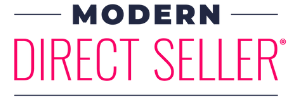


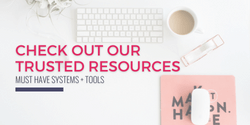
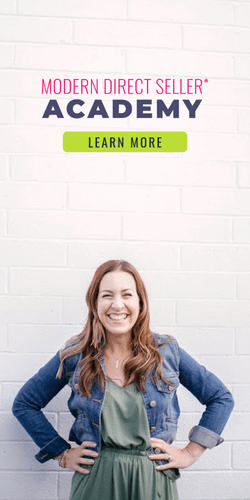

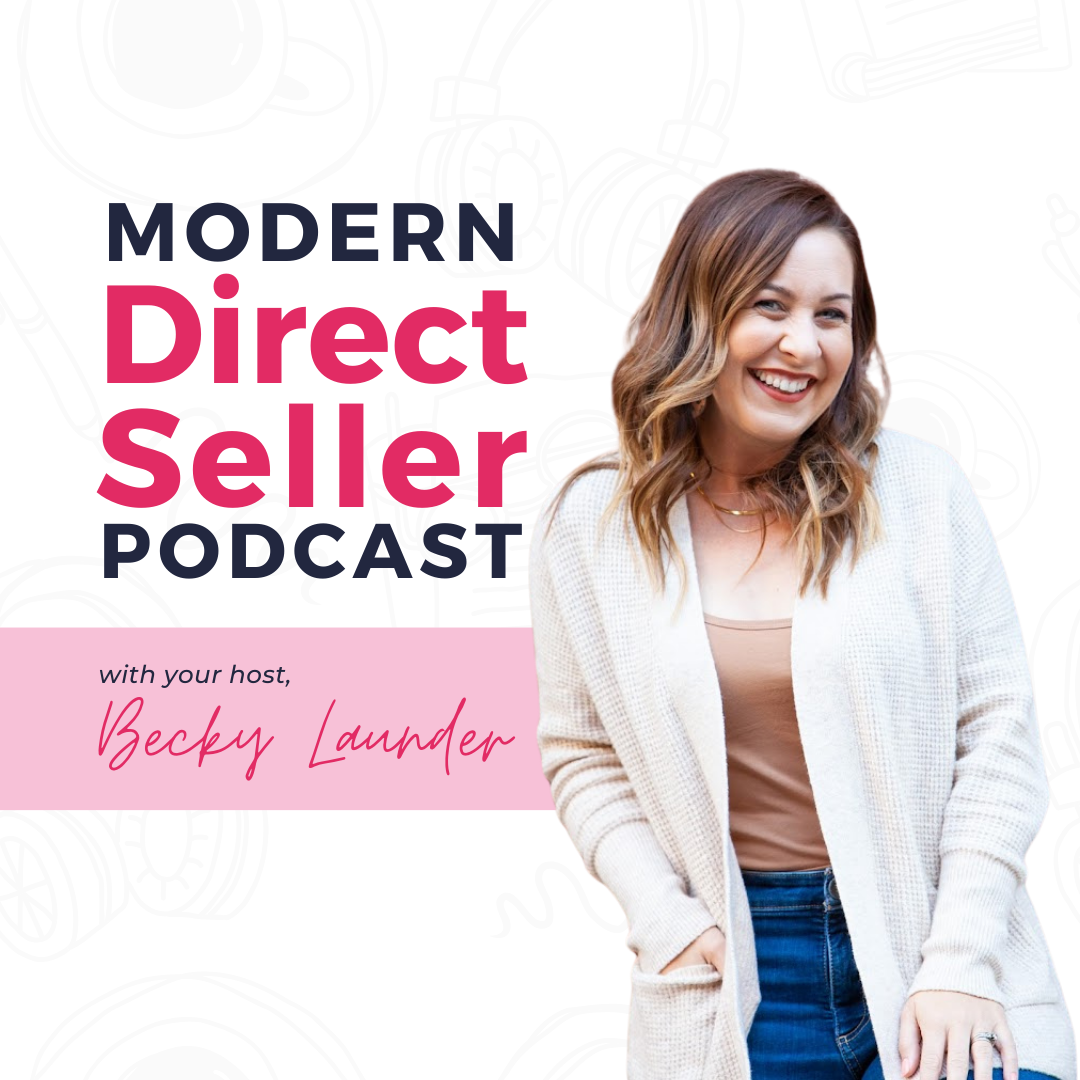
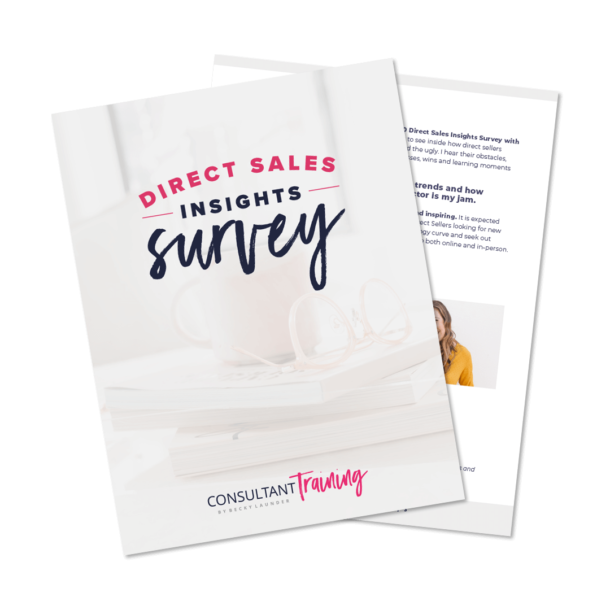
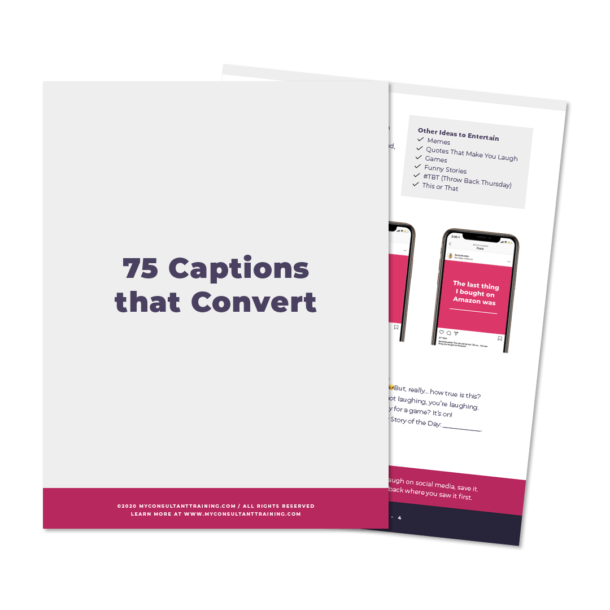
0 Comments